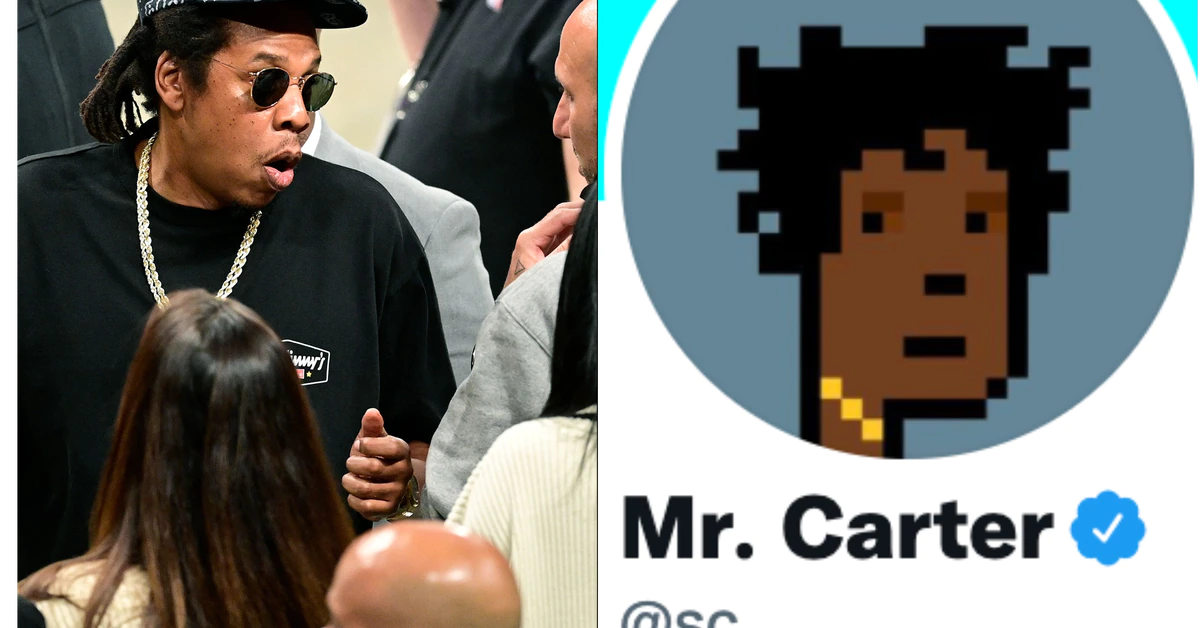Last Monday, when Visa announced it had bought a CryptoPunk non-fungible token (NFT) collectible to add to its financial history collection, I note
Last Monday, when Visa announced it had bought a CryptoPunk non-fungible token (NFT) collectible to add to its financial history collection, I noted that these weird little 8-bit crypto tokens were valued for the same reasons people buy luxury status symbols like jewelry or sports cars.
But really, that amounts to “they’re valuable because they’re valued,” barely scratching the surface of the deeper why. When you’re talking about bitcoin that’s enough, because it’s money – “it’s valuable because we agree it is” is inherent to the design.
If you’re talking about a collectible or status symbol, though, you’ll usually find some nominal root of value: A diamond or a painting is beautiful, a Ferrari goes fast and a $300,000 Charizard could still theoretically win you a game of Pokemon. These are things of inherent value whose rarity pumps them into the stratosphere.
So here’s a harder question: Once you’ve subtracted the status value of an NFT, what’s left?
The allure of NFTs, as much as it might make no sense to our rational brains, is clearly intense. You can look at the exploding transaction volumes on platforms like OpenSea, or the success of collectibles like NBA Topshot or, of course, CryptoPunks, and the numbers speak for themselves.
But as with most things in crypto, you can’t really understand what’s going on until you dive in and try it out. So I loaded a bit of fresh ETH into MetaMask and went shopping on OpenSea, hoping to find a poor man’s CryptoPunk so I no longer had to be a sad pleb with a disgusting Twitter avatar featuring my frail and wretched human body.
The best comparison I can make is that NFT shopping is like crate diving for vinyl records, of which I own far too many. When I’m in a record shop (and my condolences to anyone who hasn’t had this experience), I spend most of my time thinking of reasons not to buy one or another record, because they all have some degree of appeal and in a truly perfect world I’d own all of them. NFTs, likewise, trigger a kind of obsession distinct from a day trader’s itchy urge to ape into a trendy offering.

So what is that extra something that comes from buying an NFT – and how does it play into demand and pricing for digital collectibles? To try and answer that key question, I got some help from NFT investors, industry leaders – and the surprisingly relevant insights of a German philosopher who has been dead for nearly a century.
Here’s the quick version of the theory I wound up with: In the physical world, an object’s authenticity is the root of the status it confers on the owner. Authenticity is, largely, another word for an object’s history. That history, whether individually or in connection with a tradition or brand or artist, is the source of the ineffable allure that makes collecting so satisfying for many.
NFTs are valuable in themselves and represent a totally novel category because they give digital objects a claim on the sense of presence, history, and authenticity previously reserved for physical objects. And the deeper and more interesting the history, all things being equal, the deeper that aura of authenticity is, the greater status conferred on the owner – and the more they’re willing to pay for it.
However, all of this depends on a shift in perception, one happening right now and based in growing appreciation of blockchain technology. It requires that a critical mass of people learn to see digital objects as real.
A status game
To understand deep value, a good place to start is how a thing is actually used. So how are people actually using NFTs today?
The most visible use among influential collectors is pretty simple: They’re Twitter avatars.
NFTs come in a few different flavors, and some of the headline-grabbing sales have been for single pieces of art. There’s also significant demand for pure collectibles like NBA Top Shot, and a growing market for game assets like cards or virtual “land.”
But the critical mass of real frenzy is for a particular genre of cartoonish headshots. Jay-Z made news recently when he made a CryptoPunk his Twitter avatar, which was soon followed by NFL player Odell Beckham Jr. Spend about five seconds on crypto Twitter and you’ll see all manner of punks, apes, penguins and herrings where you might expect to see a human face.
In theory, of course, you could just use a screenshot of any NFT and put it in your Twitter profile. But that would be a major faux pas.
“It’s almost like, why would you do that?” asks Henry Love, a managing partner at Fundamental Labs, an investment fund focused on NFTs and NFT infrastructure. It’s “implicit,” he says, that posting an NFT as an avatar implies that you own it, even without any technological guardrails to enforce the norm.
“Twitter is a place where you want to gain credibility,” says Love. “That’s really the game of Twitter. So if you have a fake NFT or a CryptoPunk that you don’t own [as an avatar],…
www.coindesk.com
